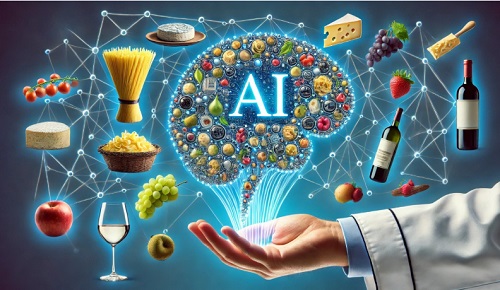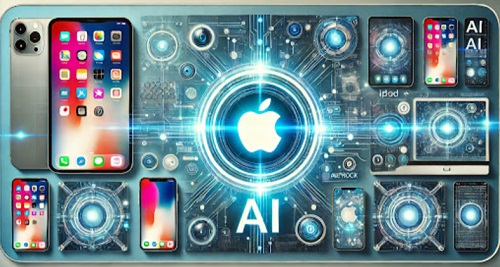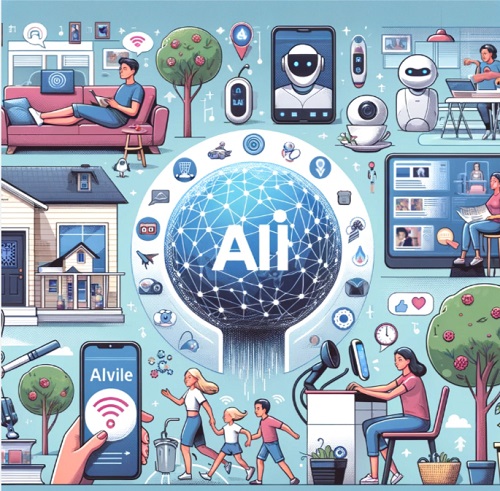Advancements in Generative AI and Technological Growth Winzeler brought attention to the recent rapid expansion of generative AI technology. In […]
Tag: Artificial Intelligence
The integration of AI into Apple devices could dramatically reshape the role of generative AI in everyday life
The last few months have seen Apple’s latest venture, Apple Intelligence, which represents the company’s effort to compete with other […]
AI has already had a widespread influence on our lives
In the early 1970s, programming computers began of punching holes in cards and then feeding them to room-sized machines that […]



